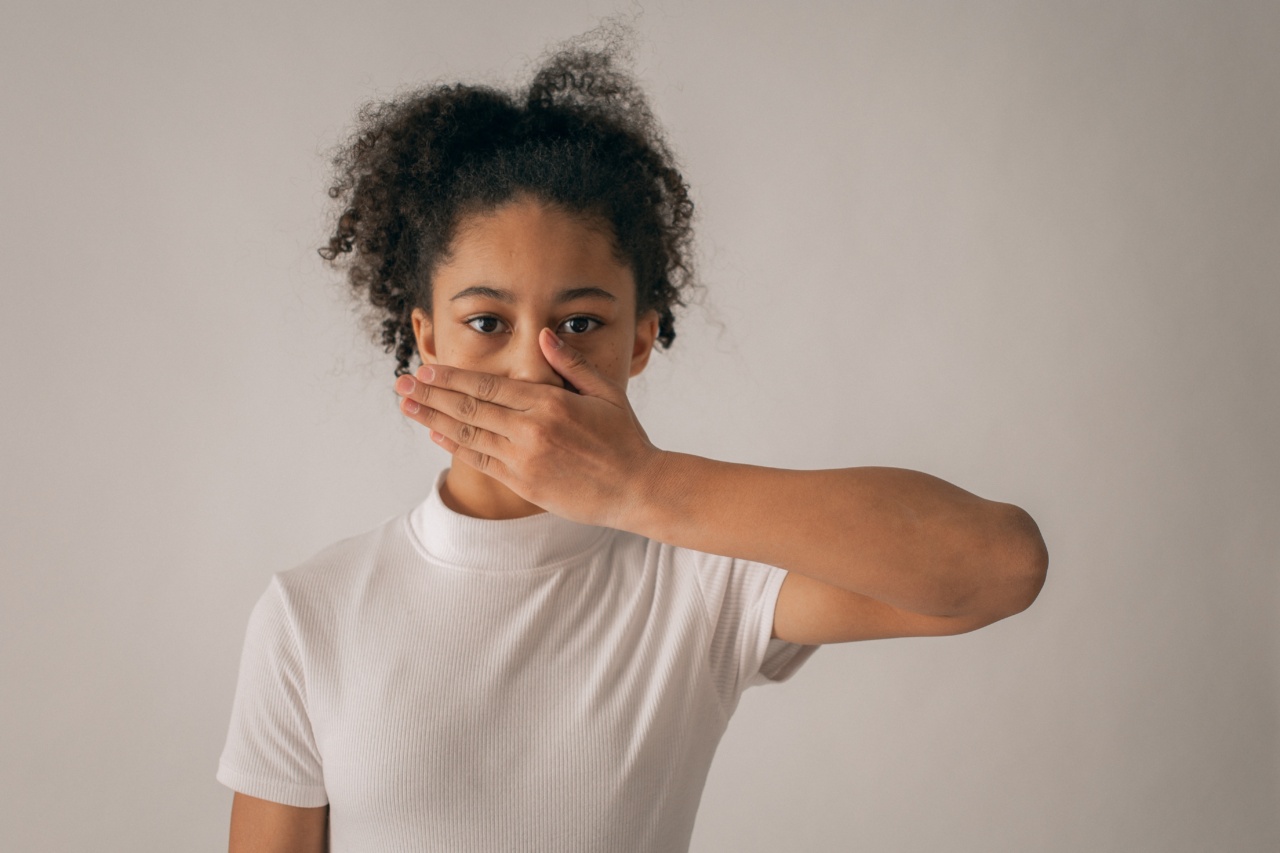Walking is something most of us do without thinking much about it. It’s a natural motion that we perform on a daily basis.
But did you know that the way you walk can reveal a lot about your emotional state? In fact, there are secret signs of anxiety that can be seen in our walking patterns. By understanding these signs, you can gain insight into your own mental well-being and take steps to alleviate anxiety. Let’s explore the hidden messages behind your walk.
1. Restlessness and Pacing
One of the most obvious signs of anxiety is restlessness and pacing. If you find yourself constantly moving without a clear purpose or sense of direction, it could be a sign that you’re feeling anxious.
This type of walking pattern often involves quick, short steps, as if you’re unable to relax or settle down.
2. Hesitant Steps
When anxiety takes hold, it can make you second-guess your movements. You may notice hesitant steps, where each foot is placed cautiously and carefully. This is a physical reflection of the fear and uncertainty that anxiety brings.
Your walk becomes slower and more deliberate.
3. Clenched Muscles
Anxiety can cause tension in your muscles, leading to a clenched and rigid walk. Your body becomes stiff as a result of the physical and emotional stress you’re experiencing.
Watch out for tightness in your shoulders, neck, and jaw as you walk, as these are common areas where tension tends to build up.
4. Increased Speed
While restlessness can manifest as pacing, anxiety can also cause you to walk faster than usual. It’s as if you’re trying to escape from the anxious thoughts or feelings that are brewing inside you.
This increased speed can make your walk appear rushed and hurried.
5. Shallow Breathing
Anxiety often affects your breathing patterns, leading to shallow and rapid breaths. As you walk, you may find yourself taking shorter breaths, unable to fully expand your lungs.
This shallow breathing can further contribute to the feelings of anxiety and stress.
6. Avoidance of Eye Contact
Anxious individuals tend to avoid eye contact as they walk. This is because maintaining eye contact requires a certain level of confidence and self-assuredness, which anxiety can undermine.
If you find yourself looking down or away while walking, it may be a sign that you’re experiencing anxiety.
7. Tightened Hands
Anxiety often results in physical symptoms like trembling or shaking hands. As you walk, pay attention to how tightly you’re holding your fists or if your hands are visibly tense.
This is a subtle sign of anxiety that can indicate your emotional state.
8. Hypervigilance
Anxiety can heighten your senses and make you hyperaware of your surroundings. You may find yourself constantly scanning the environment as you walk, checking for any potential threats or signs of danger.
This hypervigilance is a protective mechanism triggered by anxiety.
9. Hunched Shoulders and Slouched Posture
When anxiety overwhelms you, it can cause your body to physically contract. This often leads to hunched shoulders and a slouched posture as you walk. The weight of anxiety can feel heavy on your shoulders, causing you to physically collapse inward.
10. Uneven Steps
Uneven steps or an unsteady gait can be indicative of the physical effects of anxiety. Anxious thoughts and emotions can throw off your balance and coordination, making your walk appear jerky or uncoordinated.
This can also lead to stumbling or tripping more frequently.
By paying attention to these secret signs of anxiety in your walk, you can gain insight into your emotional well-being.
If you notice these signs regularly, it may be an indication that you should seek professional help to manage your anxiety and improve your overall mental health.






























